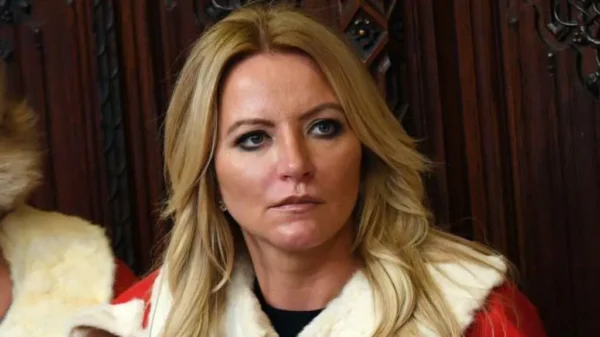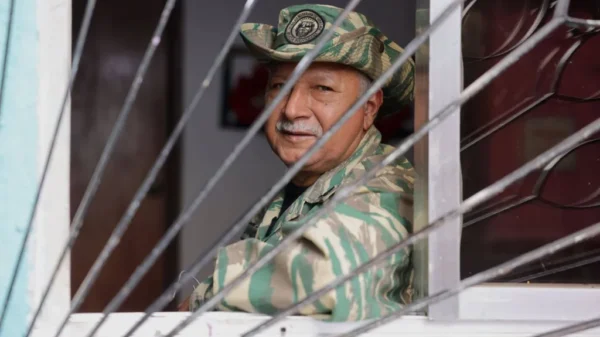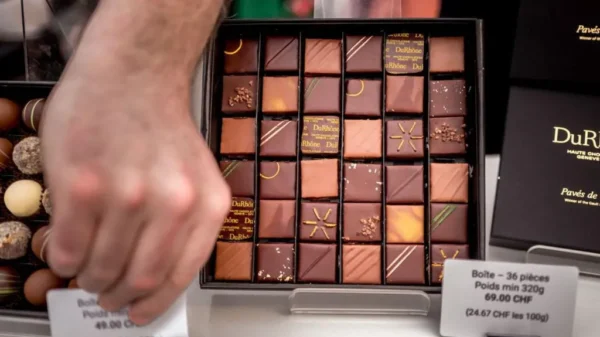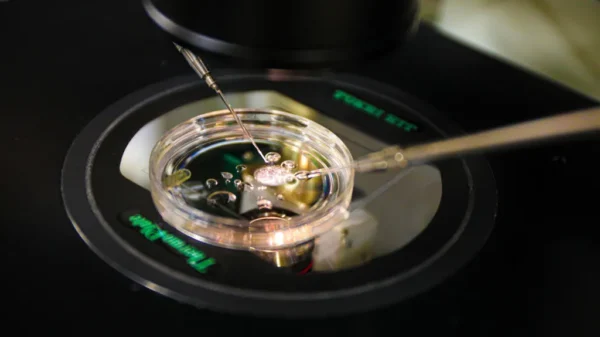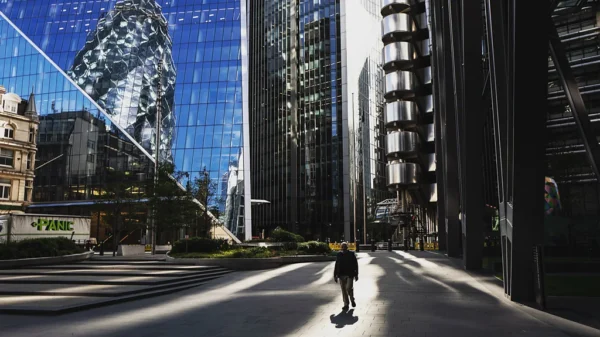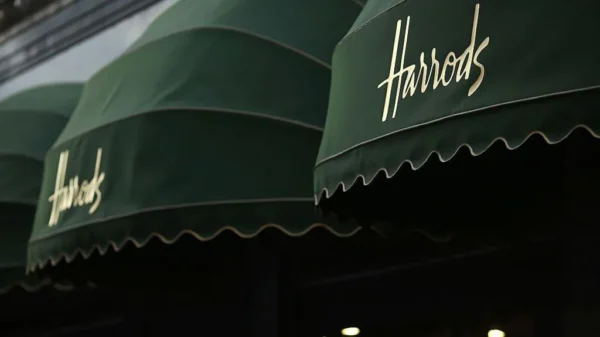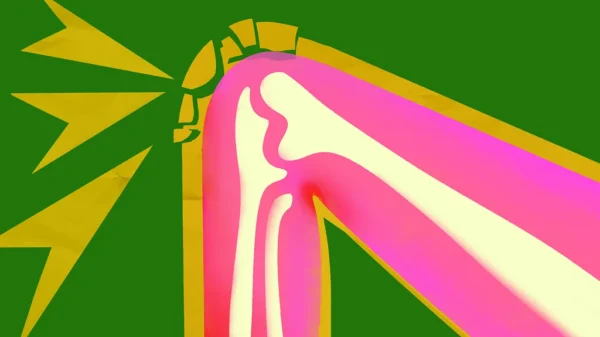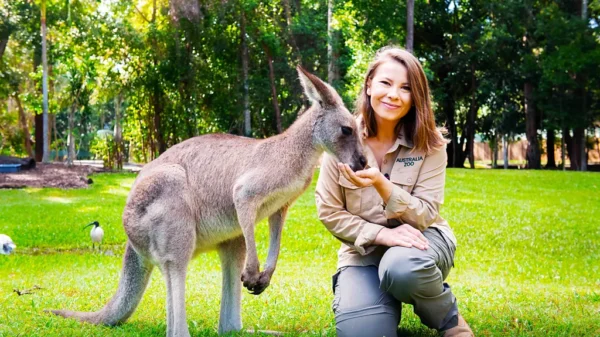With Swedish farmhouses, Viking churches and €4 fika, Estonia feels profoundly Nordic, without the eye-watering price tag.
I am cycling around Vormsi Island. Road signs in Swedish point me past red-rust wooden farmhouses flying blue and yellow flags, alongside windswept Baltic beaches and through shady pine forests. I stop for fika – that most Swedish of rituals, coffee and cinnamon buns – and post a photo on social media. “Where in the world?” I type.
The guesses roll in: Sweden? Norway? Finland? All could be right. Everything feels Scandinavian – except the price of the fika: just €4.
I am in Estonia, a place I had always thought of as “Eastern European” but which could justifiably claim to be the sixth Nordic nation – with similar landscapes, language and cuisine, but without the eye-watering prices.
“There is a mismatch between how the world views Estonia and how it sees itself,” says Mart Kuldkepp, professor of Estonian and Nordic history at University College London. “Internationally, Estonia has often been defined by its most recent past: first as a western borderland of the Soviet Union, and since 1991, as one of the three Baltic states [alongside Latvia and Lithuania]. But the country itself has consistently stressed proximity to and affinity with the Nordic world.”
Shared Protestant traditions are one clue; language is another. Estonian belongs to the Finnic branch of the Uralic family, meaning Estonians and Finns can understand each other to a degree, much like Swedes and Norwegians. Denmark briefly ruled northern Estonia in the Middle Ages (Tallinn literally means “Danish City”). But it was the long period of Swedish rule between the 16th and 18th Centuries that left the deepest imprint, when serfdom was abolished and a school system founded. Later generations remembered it as a golden age, fondly recalling the “good old Swedish times”, says Kuldkepp.
But a darker period threatened to eclipse this history. On the eve of the Soviet invasion in 1944, there were about 9,000 Estonian Swedes, descendants of migrants who arrived in the Middle Ages in search of fresh opportunity. They settled on the coast of the Noarootsi (“New Sweden”) peninsula and on several islands, including Vormsi, but retained much of their Swedish culture and language. After the invasion, Sweden offered them refuge and nearly 8,000 fled across the Baltic Sea, leaving just a tiny minority in a country sealed for decades behind the Iron Curtain. Today, along the western coast and on the islands of Kihnu, Hiiumaa, Saaremaa and Vormsi – once restricted Soviet military zones – their legacy is being revived.
At Vormsi’s farm museum, a restored Estonian Swedish farmhouse, I meet Elisabeth, a Swedish woman whose family fled in the 1940s and now spends her summers here. “I grew up thinking I knew Vormsi because my grandfather built a model of his house,” she tells me. “Now I have a summer house of my own, and I come back every year. It feels like coming home.”
In the island’s centre I find Vormsi’s most iconic landmark, the 12th-Century St Olaf’s Church, dedicated to the Viking king who spread Christianity through the Nordic world. St Olaf is Norway’s patron saint, and a new pilgrim trail linking Estonia to his burial site in Trondheim is now being established, joining a network of St Olaf pilgrim paths leading from various locations in Northern Europe.
“The Baltic Sea once connected the surrounding countries that today it tends to separate,” says Kersti Markus, professor of art history at Tallinn University, who helped establish Estonia’s section of the St Olaf pilgrim trails. “More than 10 years ago, two Viking ships were discovered at Salme [on the neighbouring island of Saaremaa]. These finds shifted the beginning of the Viking Age back by 50 years, showing Estonia was very much part of the story.”
After a day’s cycling around the island, I am hungry. During the summer, Estonia hosts Café Day (Kohvikute päev), when locals open pop-up cafés offering homemade food and entertainment. I stop in a woodland clearing where a fisherman’s family are serving salmon with dill, foraged berry compote, lemonade and guitar music – all for less than €10. In Norway, I’d be lucky to get a beer for that.
Back on the Noarootsi peninsula, farmhouses are painted the same rust red as those in Sweden and have a traditional Swedish layout, with separate buildings arranged around a yard. One building is for living, one is for cooking, another is for livestock and another houses a feature we often think of as Finnish but is also deeply rooted in Estonian culture: the sauna. Along the coast, sandy beaches tucked between rocky headlands rival Scandinavia’s best. In the harbour village of Österby, I order fresh fish with herb-baked potatoes for €12 while boats bob in the water.
I base myself in Haapsalu, a resort town of elegant clapboard villas, wooden boardwalks and a sweeping bay that locals walk across in winter when it freezes solid.
“Before World War Two, Haapsalu was often called the capital of Estonian Swedes,” says local guide Kaire Reiljan. “It’s the gateway to Noarootsi and Vormsi, and home to the Rannarootsi Museum, which tells the story of the coastal Swedes. One of the highlights is a 20m embroidered tapestry, our own Bayeux Tapestry, made at the start of this century, depicting their history.”
I check into the Old Haapsal Hotel, its crisp Nordic decor indistinguishable from boutique stays in Stockholm. A walk through streets lined with colourful wooden houses leads me to the medieval castle and fortress. Some of the buildings feel strangely familiar, and I learn that this is where illustrator Ilon Wikland – famous for her whimsical illustrations in Astrid Lindgren’s books – grew up.
From Haapsalu, a €6 first-class train ticket takes me to Tallinn, Estonia’s capital, where the Nordic atmosphere feels even stronger. The Unesco-listed Old Town, with its cobbled lanes and Gothic spires, recalls the Hanseatic age; while design shops such as Tali Concept Store and the Estonian Design House and minimalist restaurants like NOA and Hoov would fit seamlessly into Helsinki.
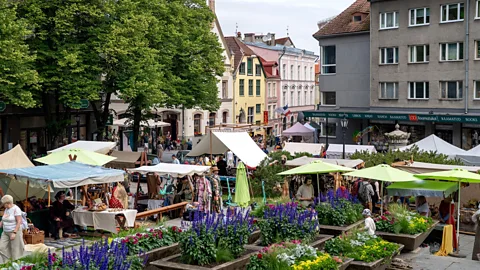
“If one looks for what is distinctively Nordic in Estonia, it is the blend of traditional and modern in both architecture and cuisine,” says Markus. “That may explain why so many Estonian restaurants are now recognised in the Michelin Guide. Districts such as Telliskivi, where industrial buildings have become creative hubs, feel very much like Copenhagen or Oslo.”
Since independence in 1991, Estonia has worked hard to strengthen its Nordic ties. “We invite Scandinavians to rediscover the old Swedish areas and highlight our connections to Norway,” says Kristiina Kästik, head of tourism marketing at Visit Estonia. “In Finland we present ourselves as their backyard, sharing a language family, a similar sense of humour and a crazy love of saunas.”
It is a compelling argument. Estonia may not officially be part of Scandinavia, but its heritage, landscapes and lifestyle all feel profoundly Nordic. For travellers who love Sweden, Finland or Norway but are seeking somewhere less crowded and more affordable, Estonia is the unsung Nordic nation – a familiar world at a fraction of the price.
Sourse: BBC

